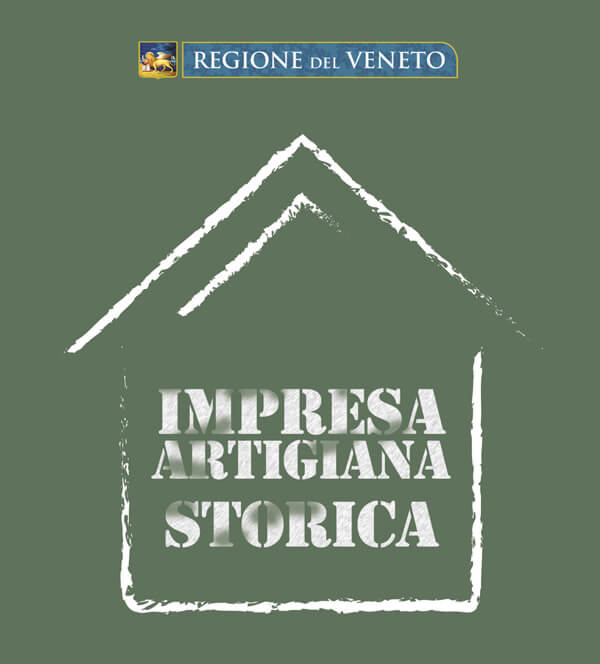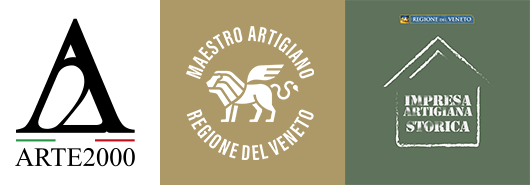

The Choice of the Marble
CAREFUL SELECTION OF THE RAW MATERIAL
The marble is admired in the furnishings world for the particular way in which it reflects the light. The walls, the floors, the fireplaces, the fountains, the statues and the ornamental elements are required for the unique ability to give brightness and warmth to the location. The colored marble has veins of various type and shade always different and unexpected which make it ideal for the decoration.
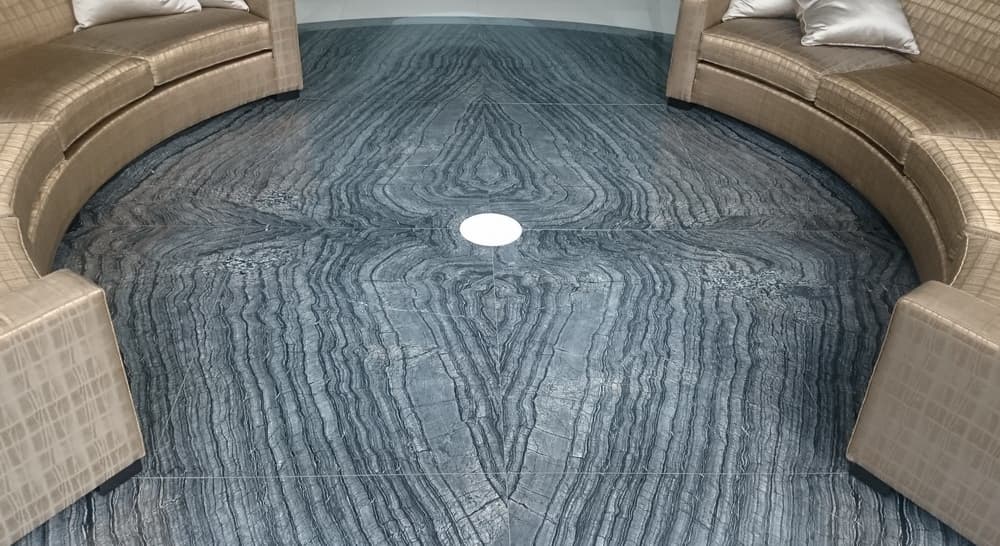
We select with attention the high-quality raw material. We have decided to specialize us in the marble manufacturing especially for the poetical beauty and the resistant strength which it conveys. The experience we have acquired with the marble production, has given us the possibility to reach a specific knowledge of hundred of different stone materials such as:
- effusive magmatic rocks such as basalts, porphyries, trachytes
- metamorphic rocks such as marbles, alabasters, slates and quartzites
- sedimentary rocks such as sandstones, limestones, breccias, travertines
- other rocks called “semiprecious”

The experience and the knowledge of the locations where the products shall be placed, enable Stefano Facchini to suggest and to guide the customer, indecisive or demanding, in the choice of the most appropriate raw material taking to heart each project.
To better organize every order and to optimize the results, it is decisive to already define, during the planning phase, which is the most suitable material. In addition to the aesthetic appearance, it is also necessary to consider the physical, the chemical and the mechanical characteristics to evaluate the solidity, the static holding, the resistance to atmospheric agents and the easy maintenance over time. For example, the sandstones are subject to wear and they get dirty easily but however they are especially required in the modern furnishings due to their uniform coloration.
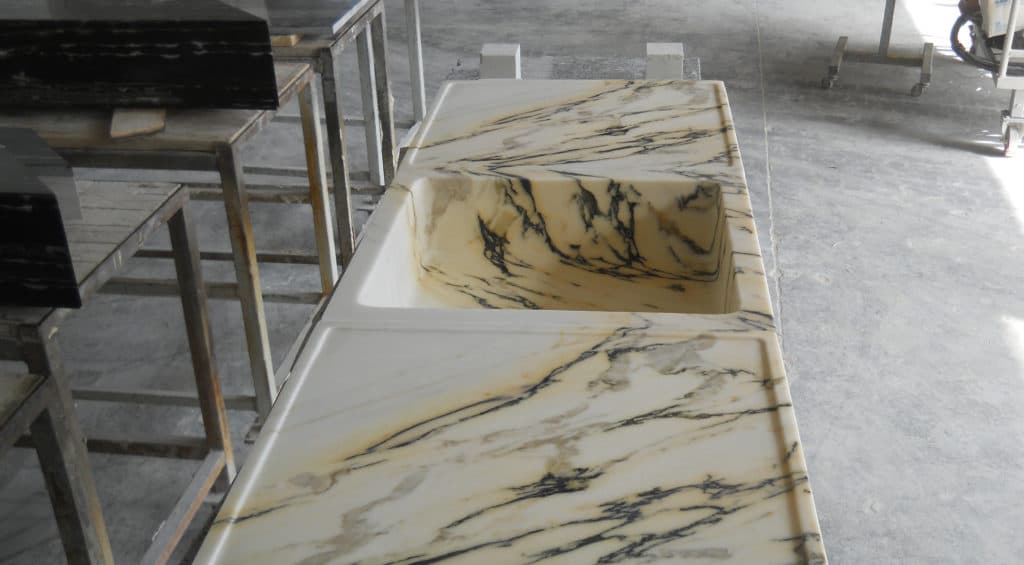
Once the marble concerned is defined, Stefano Facchini looks for the raw material of best quality, going frequently to the quarries and to the stores to personally select and to option the blocks and the slabs.
Hardness
According to the origin, every marble has its own hardness, or rather the abrasion resistance, which determines different degrees of manufacturing and polishing. The classes of hardness are indicated in the Rosiwal scale: the low values correspond with the soft materials and the high values correspond with the hard materials.
For example:
- the sandstones are normally soft and easy to work but they have a low sculptural value for the difficulty to define the details
- the marbles are harder and especially more compact than the sandstones, they give the possibility to obtain a high-level sculpture with an excellent definition of the details, as the great sculptors taught us
- the porphyries are very hard and difficult to carve, with lower possibility to define the details compared to the marbles; they are considered of high sculptural level
- the breccias are very hard to work due to irregular hardnesses, cracks, imperfections of different dimensions and fragile veins.
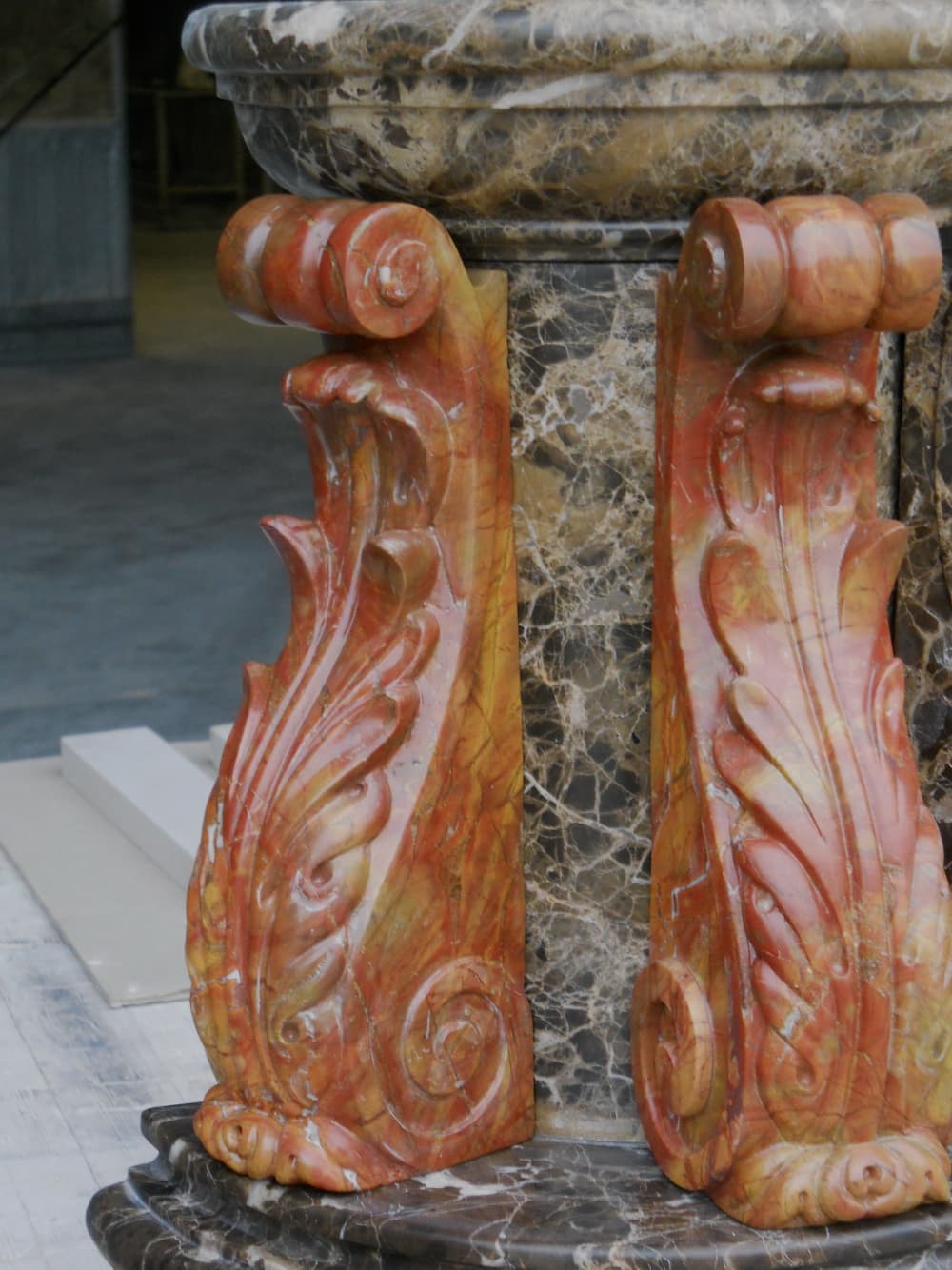
With patience, perseverance and experience we have increased the ability to work any type of marble and stone. As in the case of the ancient breccias, we are able to keep them compact and to make them easy to work with mechanical, chemical and technical methods.
The polishing determines the brightness degree obtainable with the various treatments on the surface to exalt the coloration of the material; it will be of thinner level if realized with the machine on hard materials, softer and with a light matt finishing if handmade.
Veins
The marbles are characterised by the coloration and the type of the vein. Sometimes, those which are similar to each other can be easily confused. Being a natural material, the marble has stains, stripes, little imperfections, fissures and different colorations which bring out the beauty making every block a unique and exclusive piece with its own shades and veins which change inside it. Today there are materials which are artificially created in the workshop in order to give them a uniform aspect removing the natural imperfections which make the raw material without history and peculiarity.
In Arte 2000 we only use natural materials.
Prestigious, ancient and unique marbles
In order to faithfully reproduce products of the ages and to satisfy the exclusive demands of those who love art and history and the original needs of the architects and of the designers, we often use ancient, unique and prestigious marbles. However, a lot of historical quarries are now closed and some materials are no longer available, so to answer to these requests, it is important to know what the market offers.
Stefano Facchini has also carried out difficult researches which were aimed at the discovery of the appropriate marble to create the works in respect of history and tradition.This has been possible thanks to his constant study and to the support of his precious private collection of ancient books which is an essential instrument of work.

